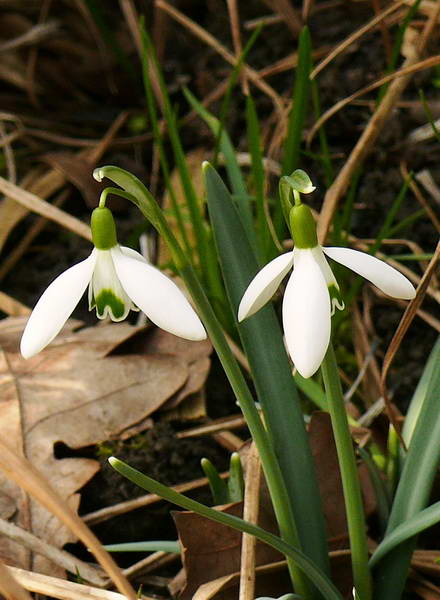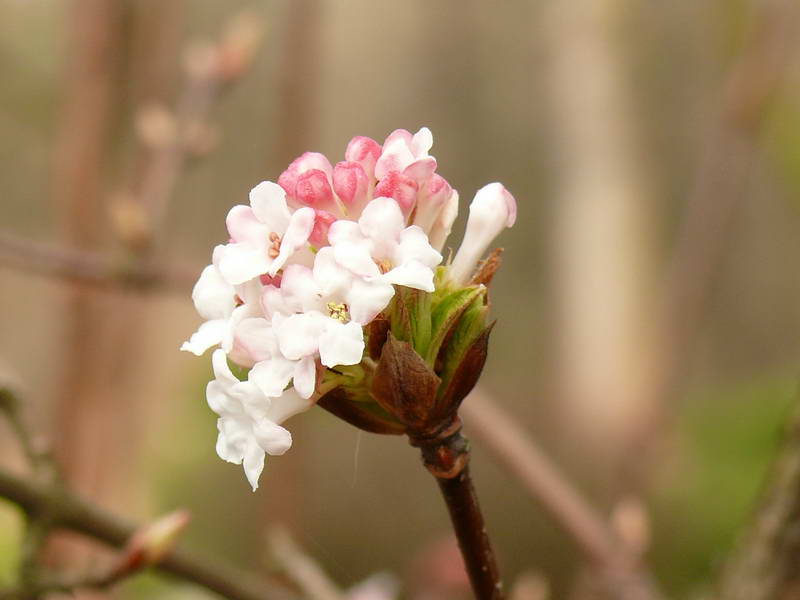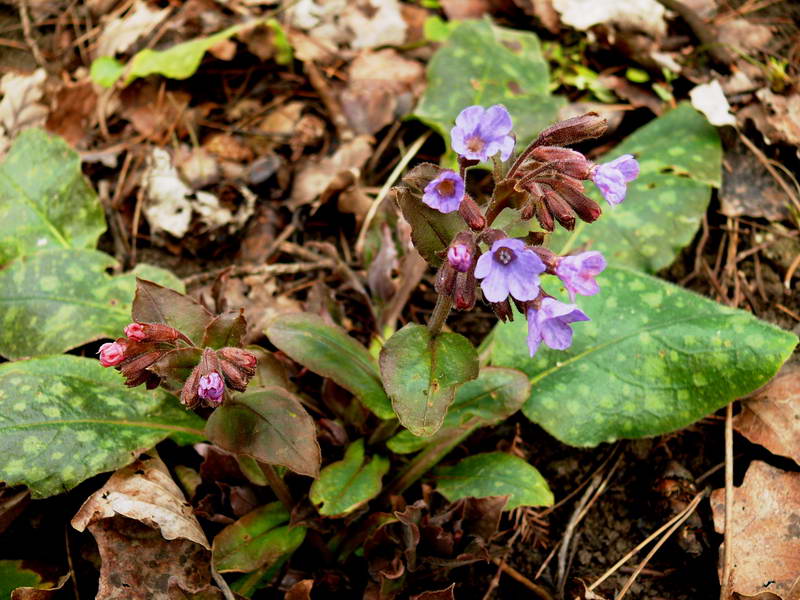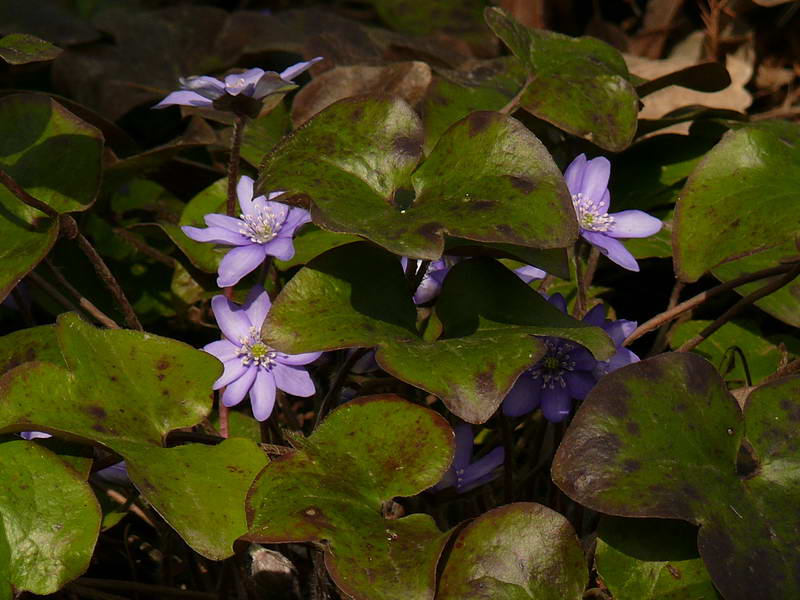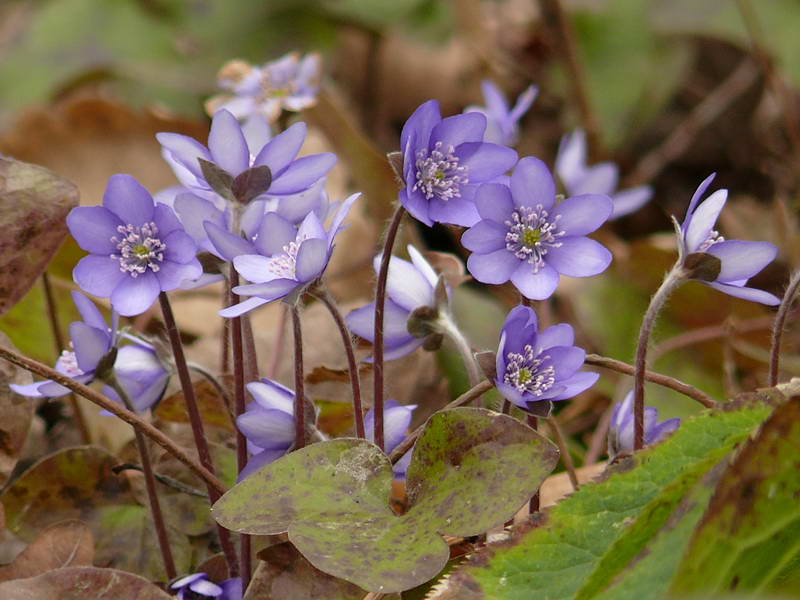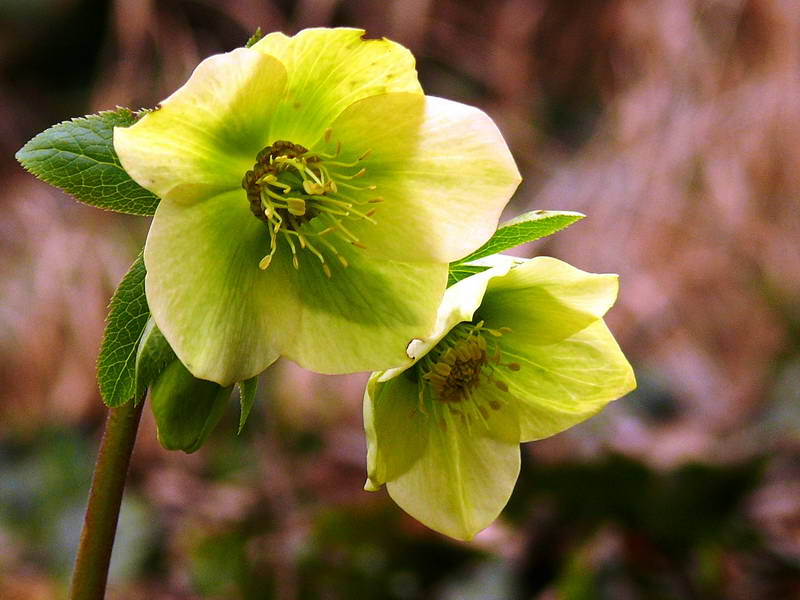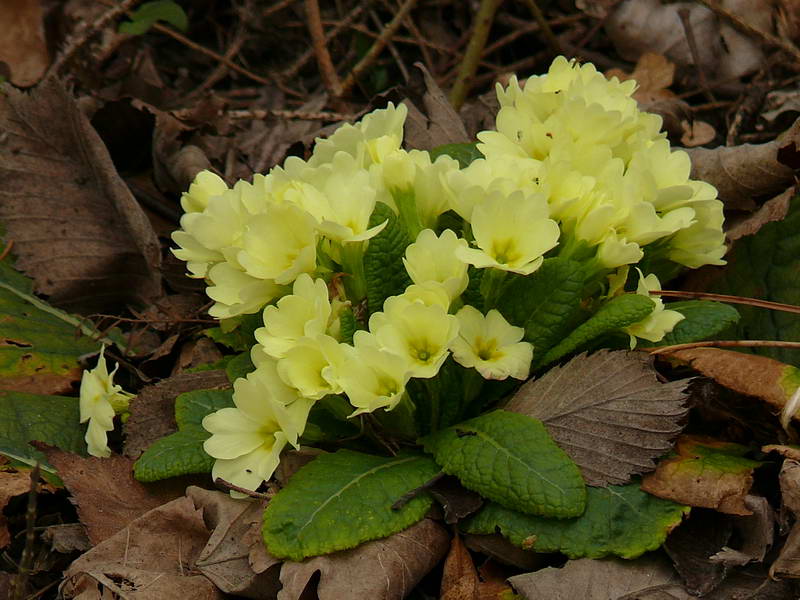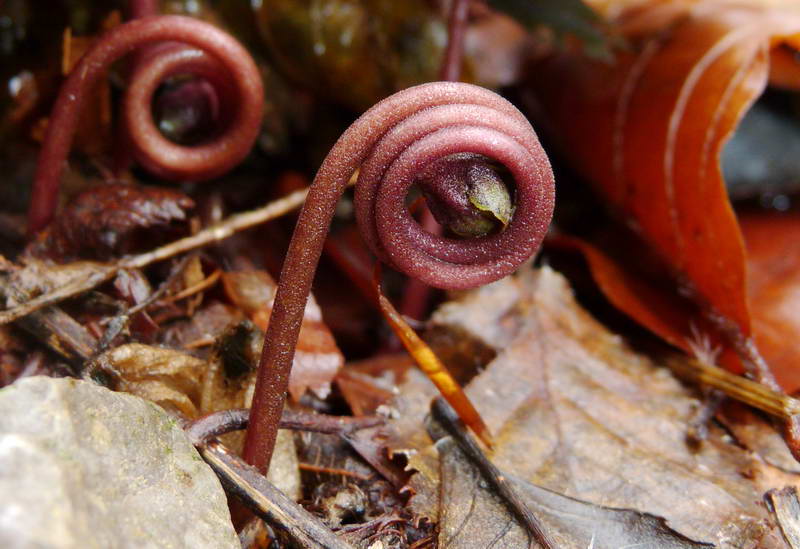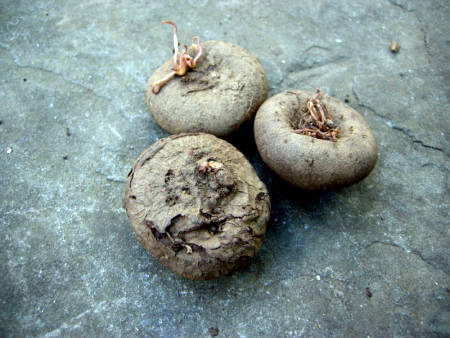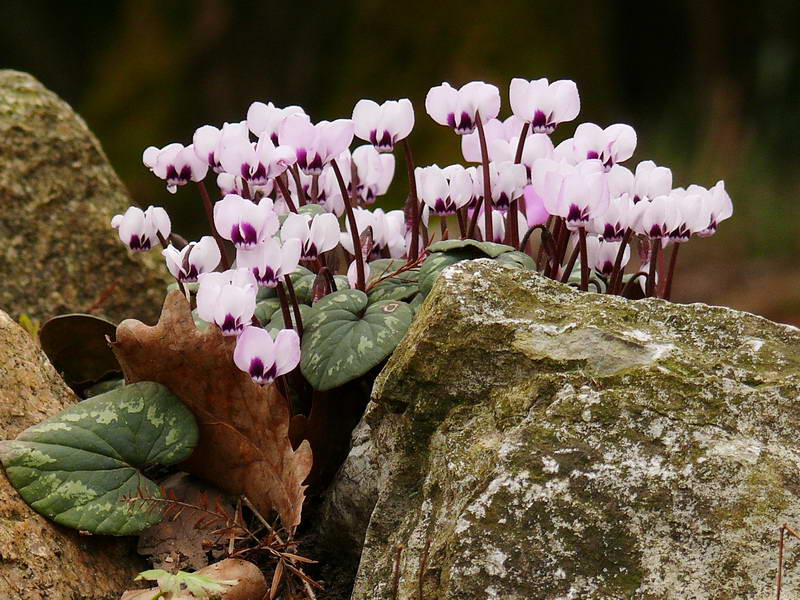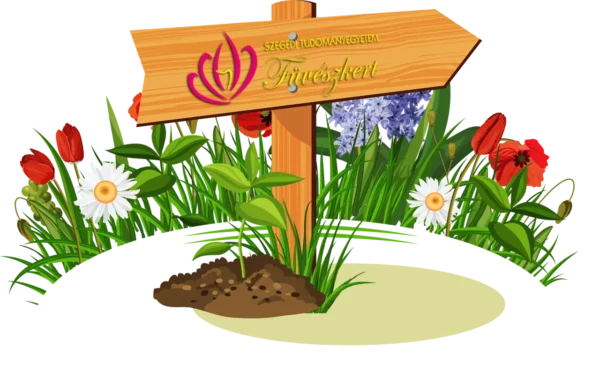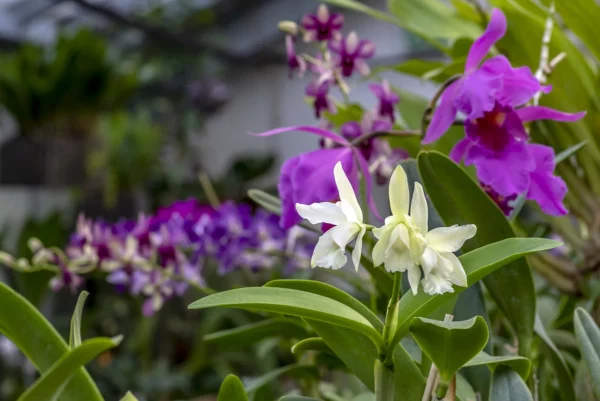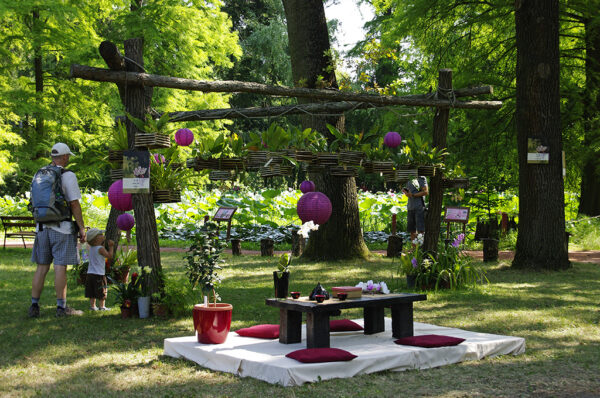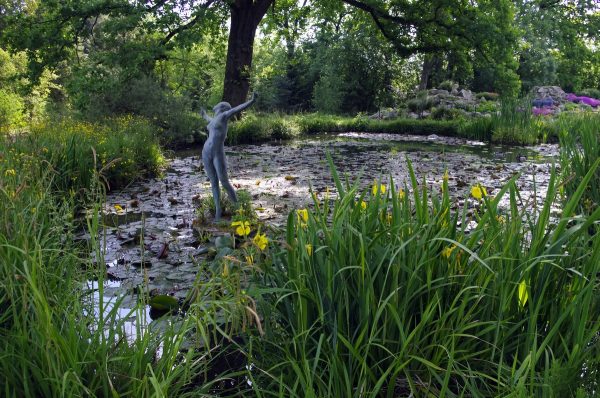If you can, get out on the weekend and take a nice walk in nature. The Füvészkert welcomes nature-loving plant lovers this weekend as well. Along the rock forest road behind the lake, next to the liverworts and sedges, primroses and cyclamen are blooming, but the speckled lungwort is also budding. The snowdrops and winter cemeteries are still blooming, and along the canals the blossoms of the sedge break up the rotting chaff. We wish the visitors a good walk, and we recommend the following photos to the attention of the others:
Liver flower (Hepatica nobilis)
The liverwort is a small, shade-loving, rhizome perennial. Its leathery leaves are bright green, their backs are reddish brown. The long-handled ones usually have 3, rarely 5 lobes. It got its name in the Middle Ages from its three-lobed leaves somewhat resembling the shape of a liver. In Paracelsus's descriptions of medicinal herbs, the principle of similarity was an important aspect, so it is no coincidence that since the beginning of medicine, liver diseases were primarily treated with the liverwort herb. Today's homeopathy mainly uses the mildly toxic herb for these complaints. Protected!
I squint
There are about 25-30 species of hornets, most of them live in the Mediterranean, Asia Minor and the Caucasus. They are very poisonous plants, whose rhizomes have also been used to make poison drinks. In our country, there are three species that bloom in early spring: a small-flowered honeysuckle (Helleborus dumetorum), the greenish flower fragrant slyness (Helleborus odorus) and the reddish-violet flower blushing squint (Helleborus purpurascens). The representatives of the last two species of sedum bloom in good numbers in the Botanical Garden in Szeged.
Stemless primrose (Primula vulgaris)
Primroses are medicinal plants known for a long time, they have been used since the 16th and 17th centuries. century herbal books also recommend it against nerves and heart failure, rheumatism, kidney stones, and cough. Their old Hungarian name, a key flowerthey got it from the fact that, according to a medieval belief, their flower opens all locks. According to another explanation, they got their name from the fact that the flowers hang in their inflorescences like keys on a key ring. Their scientific genus name refers to their early opening (primula= first child).
The stemless primrose is protected and has an ideal value of HUF 2,000. Its flowering time is long; from January to April. It is often crossed with the spring primrose, and its garden versions are mostly hybrids formed with several closely related species.
Cyclamen
Cyclamen's scientific name of Greek origin derives from the shape of its tuber (cyclos= round). Cyclamens are easy to recognize, their leaves are marbled in white, their petals characteristically break back, and their stems twist like a corkscrew. There is only one native species of cyclamen in Hungary, the one that blooms in autumn forest cyclamen (Cyclamen purpurascens). It is only in Alpokalja that we can meet its native populations. Its popular names (beetroot, kanalma, pork bread) suggest that its tuber was one of the important foods of the semi-wild, semi-wild animals. In the rock garden collection of the Füvészkert in Szeged, small-leaved cyclamen (Cyclamen coum) several copies are blooming. The color of the flowers is varied: bright purple, pink, but also white

